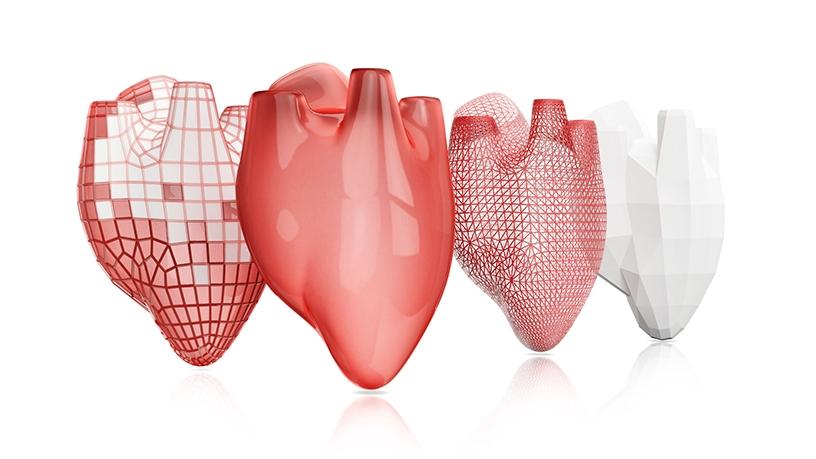
The impact open source software is having on medical technology innovation has once again been underscored with the publication this month of two studies.
The news technologies could bring closer the prospect of 3D printing of human tissue and organs, the possibility of finding more effective treatments for conditions like stroke, epilepsy and dementia, as well as the faster identification of cancerous tumours.
Bioprinting
In one research study, `Software tools for cell culture-related 3D printed structures', researchers at Hungary's Eotvos Lorand University developed a package of open source software tools specifically for making bioprinting faster, more accurate and more affordable.
Bioprinting is a new, but growing field of study that's working towards the eventual 3D printing of human organs.
According to the researchers, while 3D printers can be easily modified to serve as bioprinters, currently available general-purpose software tools used to control 3D printer hardware are not capable of meeting the exacting needs of bioprinting applications; far more sophisticated software tools are required.
"Bioengineering applications like cell printing or fabricating cell-scale environments often require well-defined, specialised motion patterns and an ability to reproduce it in parallel targets, like an array of culture dishes. Prescribing each machine movement by manually editing...the code sequence is laborious, error-prone and time-consuming," they explain.
The researchers, therefore, developed a software package that can represent machine movements using simple functions of a high-level programming language such as Python or C#. In addition, they developed a graphic user interface that allows the programmed printer movements to be utilised simultaneously across several culture dishes.
The researchers' open source software is freely available on GitHut. The hope is that the software will enable scientists to more effectively carry out bioprinting experiments using standard 3D printers (with some modifications that will enable the printer to actually print biological material), without the need for expensive bioprinting equipment.
Hhead = Enhanced brain imaging
The second study, undertaken by researchers at Tel Aviv University in Israel, involved an enhanced form of 3D imaging that combined the use of commercial hardware and open source software to boost and enhance brain imaging.
It is hoped that this type of advance in imaging technology will help scientists better understand brain dynamics and thus enable the development of new treatments for potentially devastating conditions such as stroke, epilepsy and dementia.
The open source software, called PySight, acts as a photon counting add-on for laser-scanning microscopes and improves the quality of 2D and 3D imaging of neuronal activity in the living brain. Because it is able to provide images of deep tissue, it can be used to study the rapid activity of neurons, blood vessels and other cells at high resolutions.
However, this technology, known as multiphoton microscopy, is facing challenges because trying to capture all the neuron activity requires images to be taken faster, which means fewer photons are available to form images. This could be likened to trying to take a photograph in dim lighting conditions with faster exposure times.
According to research team leader Pablo Blinder, a technique called photon counting can be used to deal with this problem, but it has not been widely adopted because it is difficult to implement, requiring extensive electronic knowledge and custom components.
The improved sensitivity offered by Pysight allows for more photons to be picked up and thus results in improved imaging. The researchers suggest that this, coupled with commercially available imaging equipment, could support the rapid identification of malignant cells while patients are undergoing surgery.
Share